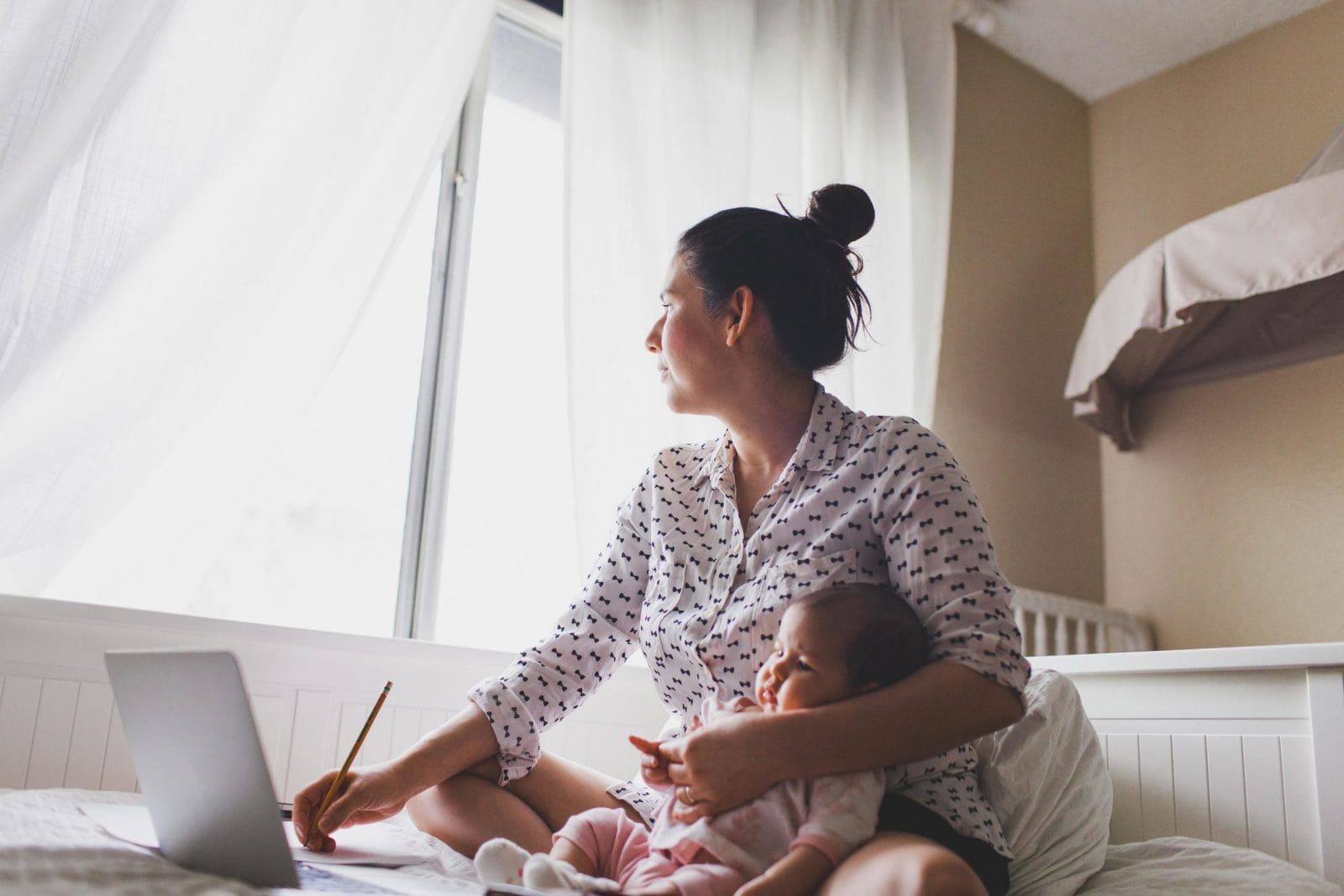Women could lose $600,000 in lifetime earnings because of the pandemic

The COVID-19 pandemic hasn't just forced millions of women out of the workforce. It's impacted their earning potential for years to come.
If you left or lost your job during the pandemic, you’re not alone. Roughly 4.5 million American women have been forced out of their jobs since last March. Employment experts estimate that about 2 million—nearly half—are still unemployed.
New analysis for Newsweek paints a grim picture for women’s job and economic prospects going forward.
The typical American woman stands to lose $600,000 in lifetime income as a result of the pandemic.
Why so much?
We know women lost their jobs and regular income in the past year. But they also lost more: access to professional training, networks, job opportunities, and promotions. They gained employment gaps on their resumes which, while common, may negatively impact their hiring prospects. The cumulative potential long-term cost of these factors is staggering.
Emily Peck from Newsweek breaks it down here:
According to an analysis for Newsweek by economist Michael Madowitz of the Center for American Progress, a typical woman earning a median wage of $47,299 before the pandemic stands to lose more than a quarter of a million dollars in income over her lifetime, assuming she returns to full- time work by 2022; if she’s out until 2024—that’s how long the consulting firm McKinsey forecasts it will take for women’s employment to get back to pre-pandemic levels—those losses could rise to nearly $600,000. For an average college-educated woman (median income: $62,140), the potential losses grow to $346,000 after two years out of the workforce and more than $785,000 after five years. And for those who were making a six-figure salary pre-COVID, the losses could top $1 million or more.
Collectively, women in the U.S. who left the workforce in 2020 could take a financial hit of $885 billion for two years out of work, Madowitz’s calculations show. For context, that’s about seven times the net worth of Facebook founder Mark Zuckerberg or slightly less than the gross domestic product of The Netherlands.
Like we said—staggering.
The National Women’s Law Center estimates that it will take 28 months for women to reach their February 2020 level of employment. But even then, women’s earning potential may not recover.
Nicholas Bloom, a prominent economist who studies remote work and economic uncertainty, says that women are more likely to pursue work-from-home jobs—and the way that American businesses are choosing to reopen could negatively impact those employees.
“Who would choose to work from home more days post-pandemic is not random,” Bloom said in an interview with Bloomberg. “For people with children under the age of 12, you find almost 50% more women than men choose to work from home five days a week. Already, among graduates with young kids there’s a big gender divide among who would choose to work from home five days a week. You hear it for people with disabilities, people who live far away. Working from home in a team where there are other people coming into the office is extremely costly in promotion.”
“If you let people choose [how often they work from home], my fear is the biggest cost in the long run is all the single young men come in five days a week, and college-educated women with a 6-year-old and an 8-year-old come in two days a week, and six to seven years down the road there’s a huge difference in promotion rates and you have a diversity crisis and, honestly, for companies you have a legal minefield of quite justifiable lawsuits.”
What can be done?
The Biden administration has put forward the American Jobs Plan and the American Families Plan. The former calls for the investment of $2 trillion in our nation’s infrastructure while simultaneously creating jobs nationwide; the latter proposes investments in education and childcare, which are necessary to get women back to work. The American Families Plan also calls for nationwide paid family leave. It would provide up to $4,000 a month for 12 weeks to those taking leave to care for a newborn, themselves or other relatives.
Rep. Carolyn B. Maloney, Chairwoman of the Committee on Oversight and Reform, is hosting a roundtable this week to examine the impact of the gender wage gap on working mothers—including those impacted by the pandemic.
We need more discussions like these in our government, especially ones that lead to meaningful change. We need paid family leave and affordable childcare if we want to get moms back into the workforce.
We need more companies to offer “returnships,” programs aimed at hiring people with career gaps. Returnships feature paid on-the-job training to help people get back into the workforce. We need flexibility from employers, too: remote work and flexible scheduling, without being left behind in company politics.
Millions of women are still out of work. The statistics are grim—but our future doesn’t have to be. We’ve already lost so much during this pandemic. We don’t have another minute to waste when it comes to getting women back to work.


































